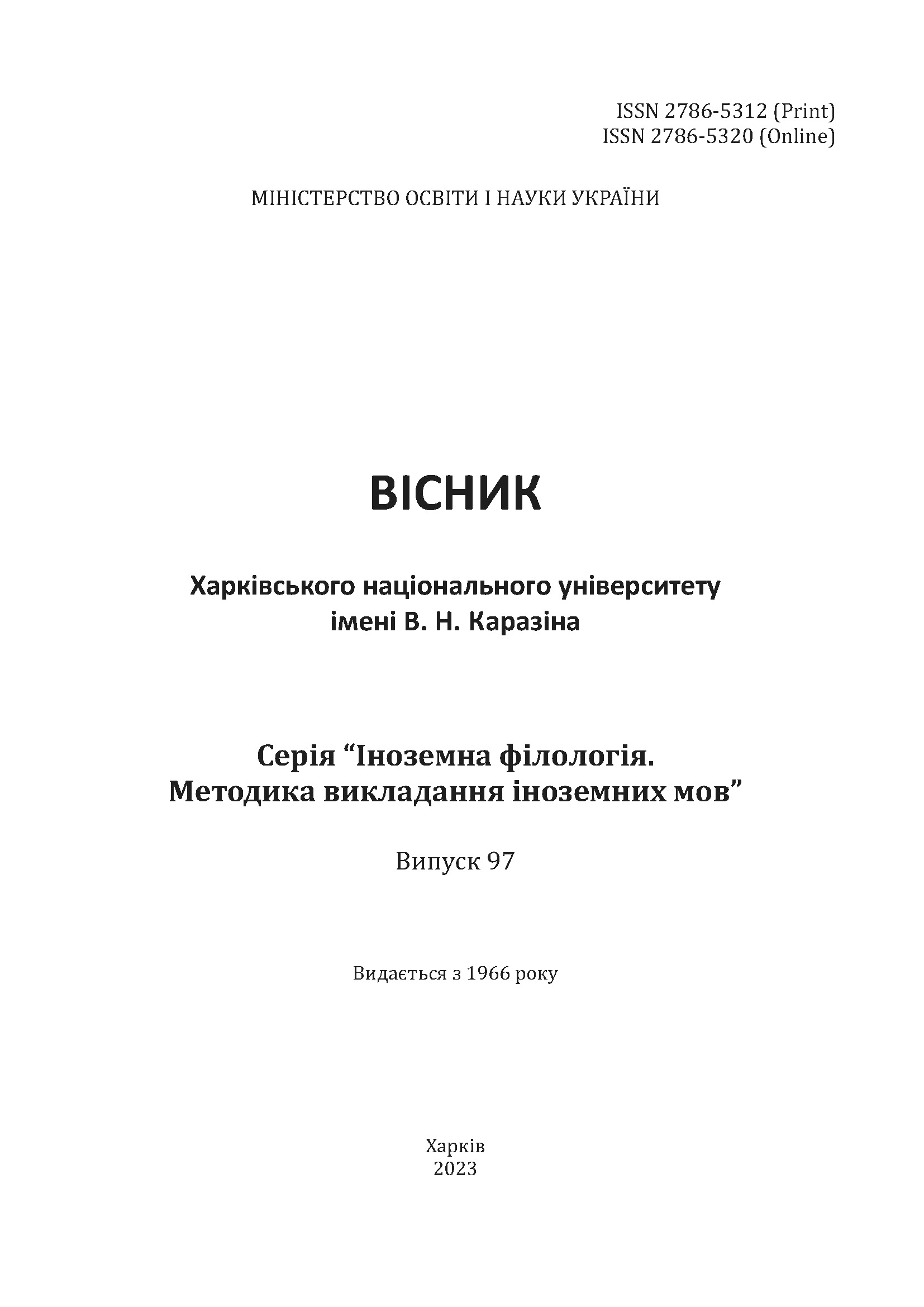Narratives and radial categories structuring them (based on the western mass-media narrative about Melania Trump)
Abstract
The article focuses on establishing the constitutive features of the narrative about First Lady Melania Trump, created by the English mass media. Narratives thematizing personalities of the first ladies of the United States are ideologically oriented political narratives shaping public opinion and having socio-pragmatic potential. The research methodology combines the achievements of narratology with the tools of cognitive modeling, which allows us to reveal the mechanisms of creating narratives. The narrative about Melania Trump is formed on the basis of the convergence or non-convergence of her inherent features with the ideal-prototype of the radial category FIRST LADY. These features are instantiated by numerous discursive contexts, which, being placed in the linguistic, social, cultural and historical context of the narrative, create associative links between the activated conceptual structures, organizing them according to the principle of the radial category FIRST LADY. The analysis of language / speech units that literally and metaphorically represent the narrative about Melania Trump makes it possible to conclude that Melania Trump is presented as a person displaying deviations from almost all standard attributes of the TRADITIONAL FIRST LADY subcategory (unsatisfactory performance of the roles of WIFE, MOTHER, HOUSEKEEPER, WHITE HOUSE HOSTESS; non-elitist origin, dubious education; inability to sympathize with the general public, inappropriateness/tactlessness, lack of sophistication/elegance, tarnished reputation), but cannot be considered as a representative of the ALTERNATIVE FIRST LADY subcategory due to lack of interest in active political activities. Thus, the narrative of the English media about Melania Trump presents her as an ANTI-FIRST LADY, who does not correspond to any role attributes motivated by the ideal-prototype of the radial category FIRST LADY, and conceptual structures activated by the attributes ascribed to her, form a new deviation from the central model.
Downloads
References
Cambridge Advanced Learner’s Dictionary. (2005). Cambridge: Cambridge University Press.
Fillmore, C. J. (1982). Towards a descriptive framework for spatial deixis. In. R. J. Jarvell & W. Klein (Eds.), Speech, place and action: Studies in deixis and related topics (pp. 31–59). London: John Wiley.
Lakoff, G. (1987). Women, fire and other dangerous things: What categories reveal about mind. Chicago, IL: University of Chicago Press.
Martynyuk A. (2021). Transition trauma metaphor in transgender narrative. East European Journal of Psycholinguistics, 8 (1), 70–82. https://doi.org/10.29038/eejpl.2021.8.1.mar
Nabokova, I.Yu. (2015). Aktualizaciya konceptu PERSHA LEDI / FIRST LADY v anglomovnomu politychnomu dyskursi ZMI. (Dys. kand. filol. nauk). [Instantiation of the concept FIRST LADY in the English political mass media discourse. (Philology PhD thesis)]. Kharkivs`kyj nacional`nyj universytet im. V. N. Karazina, Kharkiv. (in Ukrainian)
Oxford Advanced Learner’s Dictionary of Current English. (2005). Oxford: Oxford University Press.
ILLUSTRATIVE MATERIAL
BBC (August 26, 2020). Retrieved from https://www.bbc.com (last accessed 15.04.2023).
CNN (February 10, 2021). Retrieved from https://www.cnn.com (last accessed 15.04.2023).
The Chicago Tribune (February 20, 2018). Retrieved from https://www.chicagotribune.com (last accessed 15.04.2023).
The Chicago Tribune (January 19, 2021). Retrieved from https://www.chicagotribune.com (last accessed 15.04.2023).
The Cut (January 27, 2021). Retrieved from https://www.thecut.com (last accessed 15.04.2023).
The Guardian (February 19, 2020). Retrieved from https://www.theguardian.com (last accessed 15.04.2023).
The Guardian (June 20, 2020). Retrieved from https://www.theguardian.com (last accessed 15.04.2023).
The Guardian (October 22, 2022). Retrieved from https://www.theguardian.com (last accessed 15.04.2023).
The Los Angeles Times (February 20, 2018). Retrieved from https://www.latimes.com (last accessed 15.04.2023).
The Los Angeles Times (September 9, 2020). Retrieved from https://www.latimes.com (last accessed 15.04.2023).
The New York Times (July 28, 2016). Retrieved from https://www.nytimes.com (last accessed 15.04.2023).
Yahoo!life (November 30, 2020). Retrieved from https://www.yahoo.com (last accessed 15.04.2023).
Yahoo!life (January 24, 2021). Retrieved from https://www.yahoo.com (last accessed 15.04.2023).




